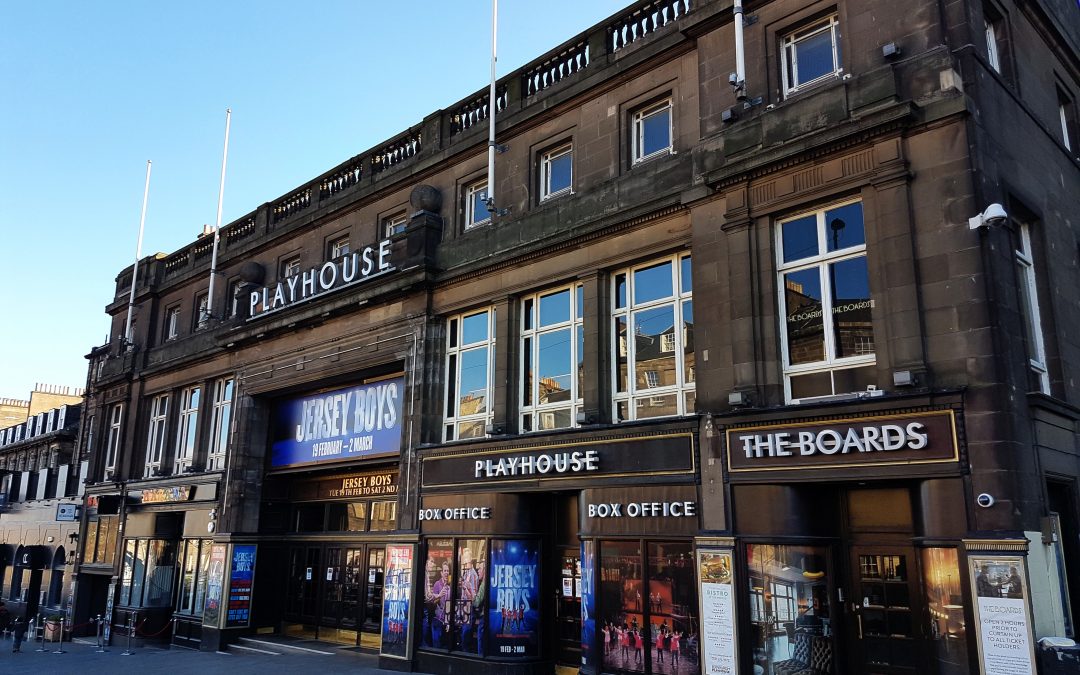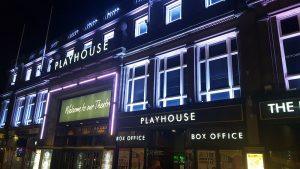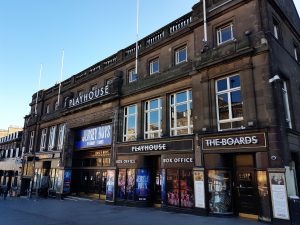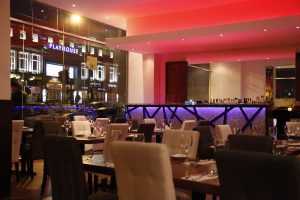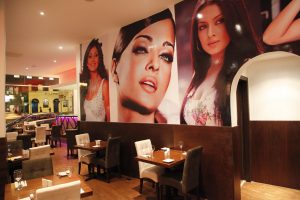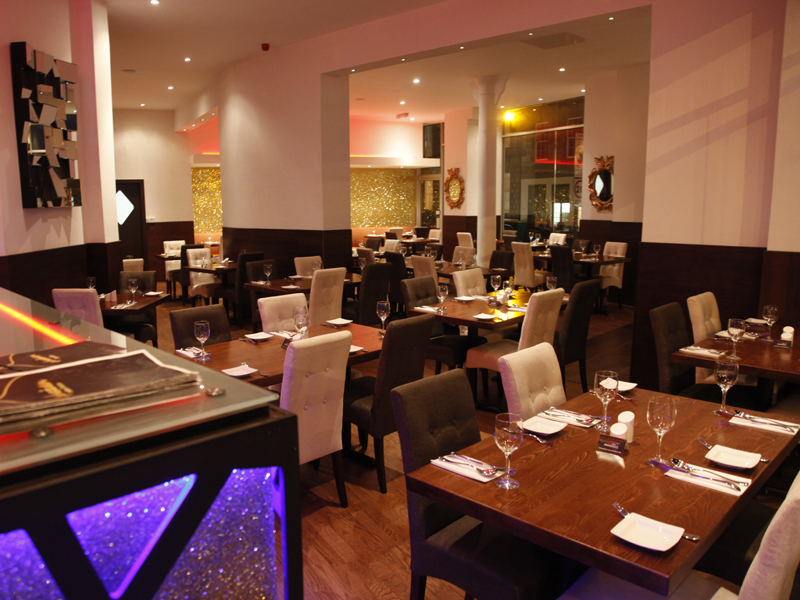Back in 1977, chef and businessman, Mr Abdul was excited and raring to go when he opened Shezan restaurant directly opposite Edinburgh Playhouse Theatre.
Following the success of Cafe Shabab near Glasgow, Mr Abdul had a hunch that his distinctive Punjabi cuisine served from his new restaurant at the top of Leith Walk would be applauded by the Edinburgh natives and visitors alike.
In the cold and dark winter of 1977, however, the future of Edinburgh Playhouse was uncertain as it faced the prospect of demolition, following the end of the golden age of cinema and the growth of TV and home entertainment from the 1950s onwards.
To add to its woes, the great and the good of Edinburgh failed to see the derelict cinema’s massive potential as a music and theatre venue.
Its plight is hard to believe now since one of the largest UK’s theatres is central to Edinburgh’s cultural life, showcasing sell-out shows for everything from well-loved musicals, rock & pop concerts and comedy from the likes of Kevin Bridges.
Meandering through Colin McDermott’s meticulously researched book ‘The Saving of the Edinburgh Playhouse Theatre 1973-1983’ (available from Edinburgh’s central library), reveals a wealth of facts, selfless acts, dramatic stories and some surprising plot twists to boot.
The site at Greenside is historically significant. One of two surviving plays from 16th century Scotland ‘A Satire of the Three Estates’ was performed outdoors there in 1554. And a ‘tabernacle’ existed at the location from around 1600 but was demolished to make way for the construction of the Playhouse which opened in August 1928.
Architecturally inspired by the Roxy Theatre in New York, this new theatre had 3023 seats making it one of the largest in the UK.
Despite its 50 dressing rooms and vast stage, the venue would have to wait several decades before it hosted music concerts and theatre productions since its opening coincided with the arrival of silent movies featuring live performances from an orchestra with a huge Hilsdon organ that would magically raise to stage level during intermissions. During the 1930s-1950s the Playhouse showcased films with synchronised sound (The Talkies).
Going to the cinema was a new phenomenon back then. To give you an idea of its popularity the Playhouse still holds the British record for the attendance record with three sell-out shows in one day! Laurel and Hardy visited the cinema in 1932 and footage of this event is available on YouTube.
By the 1960s the Edinburgh Festival had grown in popularity, and a new venue was deemed necessary. The council at the time (Edinburgh District) and various arts organisations had their hearts set of building a new opera house behind the Usher Hall on Castle Terrace (now Saltire Court), but many experts believed the site too small (1,200 maximum capacity) and could never meet the exacting acoustic requirements of both theatre and opera.
The search for a new venue continued into the 1970s and was a hot topic of debate at the time, which didn’t go unnoticed by local amateur and professional musicians. Chief amongst them was Colin McDermott, who worked tirelessly firstly to save the Playhouse from demolition and then to convert it into the thriving house of entertainment we see today.
McDermott was an amateur violinist, yet despite working full-time in a demanding job at Ferranti (now Leonardo), he spearheaded a campaign to save the venue and establish the Edinburgh Playhouse Society (EPS) and work in tandem with STOPS (Scottish Theatre Organ Preservation Society).
EPS eventually convinced the then Lothian Regional Council to purchase the Playhouse (they backed out previously). However, additional funds were needed to restore and upgrade features such as the orchestra pit. The Hilsdon organ was removed during this work and currently resides in working order at STOPS, Greenlaw in the Scottish Borders.
However, EPS’ successful fundraising campaigns, that included a lottery, paid for this restoration work and the Playhouse opened as an outstanding venue for music and theatre in 1980.
But the story doesn’t end here.
A controversial twist in the tale included the selling of the Playhouse in 1983 by Edinburgh District Council after just three years of ownership (remember they originally wanted to build the new venue at Castle Terrace and didn’t see the potential in the Playhouse).
Considerable changes in local government resulted in the abolition of Lothian Regional Council (the original saviour) and the Playhouse ownership transferred to Edinburgh District Council, who promptly sold it privately to Norman Springfield in 1983.
Since then it has changed hands with the likes of Apollo Leisure, SFX, Clear Channel Entertainment (Live Nation) and the current owners ATG who stage famous shows and musicals like the Lion King.
As McDermott concludes in his book, the Edinburgh Playhouse has played a leading role regenerating the top of Leith Walk and increasing footfall for many bars, hotels, and restaurants like Shezan.
The opening of Shezan back in 1977 proved a wise move with hindsight and Shezan’s pre-theatre menu continues to delight Playhouse audiences to this day. In 2011, Mr Abdul’s sons assumed management of the restaurant and refurbished the premises with a modern and Bollywood inspired interior.

